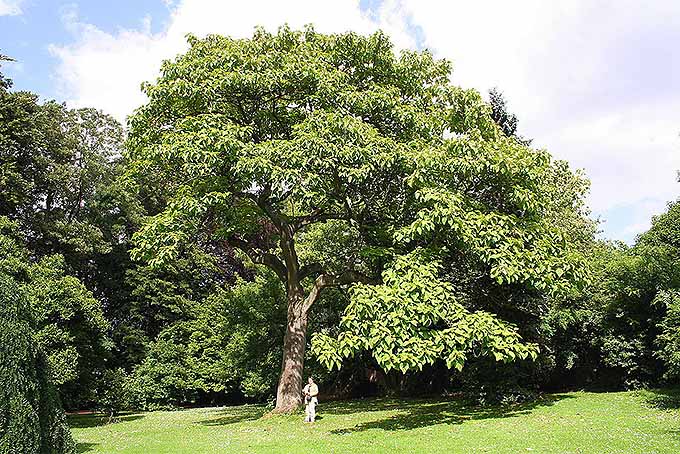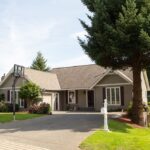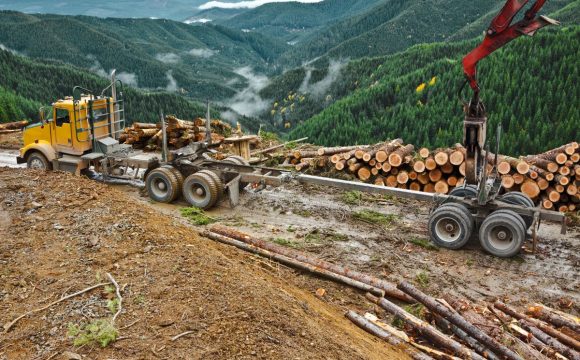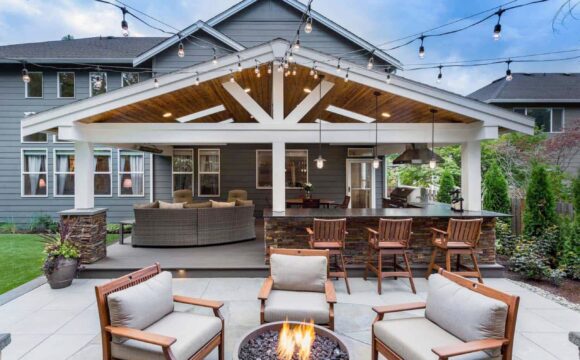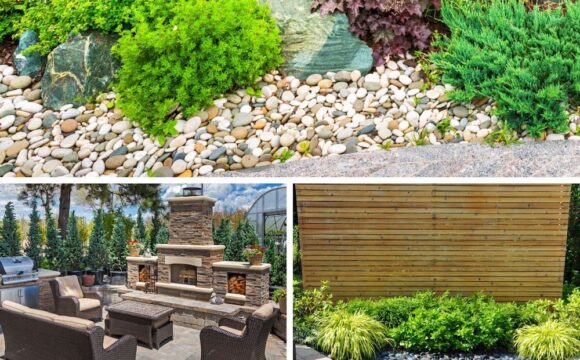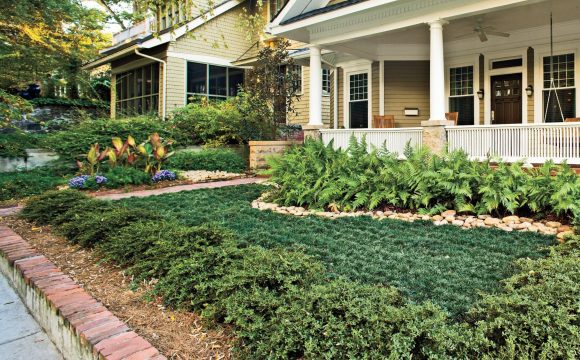If you want to plant trees on your property but are concerned because you are right next to the water, there is no need to worry. There are many trees that grow well next to water. Even if your property is right on the lake, you have options. The bottom line is that it doesn’t matter what kind of water is next to your property. So don’t let it stop you from adding trees to your yard.
Every tree has its own growing requirements that will allow it to live a long, healthy life. It’s important to consider these details when it comes to any tree you want to plant. In this case, look for a tree that does well in wet, soggy soil and that can do well in flooding. To help you get started, here are five different types of trees that would be great if you need to plant a tree next to water.
1. River Birch
The name says it all. River birch trees naturally grow along river banks. But when used as a landscape tree, it can grow almost anywhere in the United States within Hardiness Zones 4 to 9. This makes it an excellent tree for next to water, as it’s used to wetter growing conditions and is very tolerant of them. River birch trees are fast-growing trees and have a unique cinnamon-colored bark that peels and curls. Its limbs spread widely, reaching widths of 40 to 60 feet at maturity and heights of 40 to 70 feet.
Even though river birch trees can tolerate some flooding, they can also withstand some drought. They should be planted in areas of full sun to partial shade for optimal growth. A big perk of planting these trees next to water is that they help to hold stream banks and keep erosion in check.
2. Weeping Willow
Not only will you be adding a new tree to your yard if you choose a weeping willow, but you will be adding an aspect of grace too. These trees are known for their long, thin leaves and their wispy, ground-reaching branches. They are fast-growing trees and can reach heights and widths of about 30 to 40 feet. The beautiful green foliage and yellow twigs will start appearing on these trees as early as February, meaning that spring will look like it’s come early to your property.
An advantage of weeping willow trees is that they are fairly easy to grow. They quickly take root, but their roots remain shallow. This is another reason why planting them next to water and away from any pipes is a good idea. They are also great to plant by themselves or in multiples along the edge of rivers, lakes, and ponds. Weeping willows grow well in Hardiness Zones 6 to 8.
3. Red Maple
Just like weeping willow trees, red maple trees also have shallow roots. But their roots are extremely adaptable, meaning they can do well in many different soil and climate types. These trees grow in Hardiness Zones 3 to 9. They are fast-growing. At maturity, they can reach heights of 40 to 70 feet tall.
No matter what the season is, red maple trees will bring some shade of red into your yard. In the fall, the foliage is a beautiful red color. In the winter, the buds found on the branches are still red. During the spring, the flowers that begin to bloom from the buds are red. In the summer, the leafstalks are red.
4. Bald Cypress
Bald cypress trees may be the classic tree of southern swamps, but they can actually grow anywhere in Hardiness Zones 4 to 10. You do need a lot of room if you are going to plant one of these trees as they have very large trunks and can reach heights up to 120 feet. They are very competitive trees, meaning that they do try and take over the area where they are planted. So give them room to grow.
These trees are great shade trees, as their canopy can block sunlight. They grow at a medium rate and reach widths of about 25 feet. Bald cypress trees should be planted in areas of full sun. In extremely wet conditions, they develop “cypress knees,” which form above the roots of the tree.
5. Hackberry
If you want a tree that needs little attention, a hackberry tree may be the one for you. They grow well just about anywhere. These trees can tolerate both flooding and drought conditions. They should be planted in Hardiness Zones 3 to 9 and can even survive well in strong winds and salty areas. Hackberry trees can reach heights and widths of 40 to 60 feet high and grow in a vase-like shape.
Hackberry trees should be planted in areas that receive full sun. One perk of these trees is that they will attract local wildlife, such as robins and mockingbirds, to your yard, as they enjoy the fruit grown on these branches. They also attract many different butterfly species, adding even more beauty to your yard.
As you can see, there is no need to be worried about planting trees next to water. There are many different types of trees that grow well next to water, and they’ll also add beauty to your property. The above five trees are a great place to start. If you’re ready to take the next step and choose one (or more than one!) of these trees, and you live in the Portland, Oregon, area, give us a call today at Mr. Tree. We are happy to help you with your tree project. By choosing to use a professional tree arborist like us, you are ensuring that your tree will be planted correctly and that you are choosing the type of tree that will work best in your yard’s conditions.

